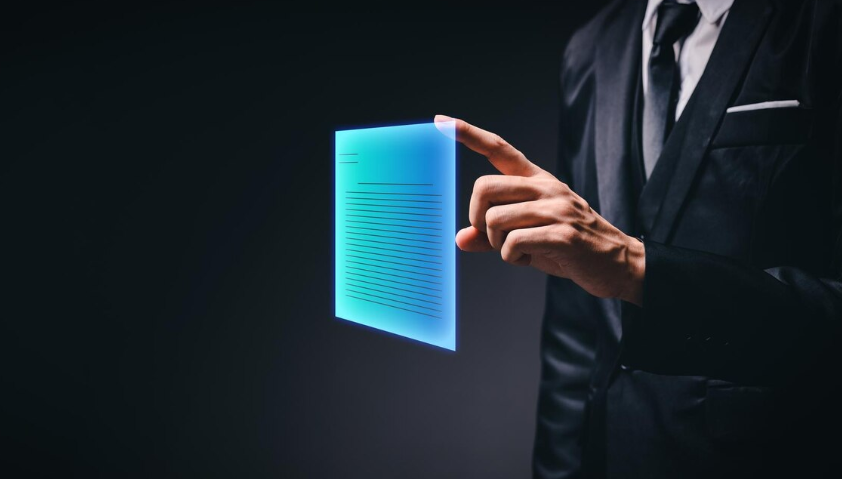In an increasingly globalized world, the need for proper documentation is essential. From proving identity to accessing employment, education, and mobility, official documents have become gatekeepers to opportunity. However, many people face significant hurdles in obtaining or updating necessary paperwork. In response to this demand, a niche but highly active industry has emerged that offers registered fake documents capable of passing verification checks. These documents range from identification cards and passports to more specialized items such as driver’s licenses and work permits.
The appeal of such documents lies not only in their convincing appearance but in the fact that they often include legitimate registration or digital integration, making them more difficult to detect during standard verification processes. For individuals caught in bureaucratic deadlocks or immigration transitions, such services offer an alternative to long delays or rigid procedures. Whether it involves using a foreign driver’s license that is not locally recognized or navigating a slow exchange driver’s license process, these challenges fuel the popularity of registered fake documents.
Real Needs Behind Fake Documentation
While the term “fake document” often carries criminal connotations, the reality for many users is far more nuanced. A significant portion of individuals seeking such services do so out of necessity rather than fraudulent intent. These people may be in between citizenship processes, waiting for paperwork to finalize, or dealing with slow-moving government agencies. In many cases, they simply need a working solution to maintain their livelihood and daily responsibilities.
One common example is individuals who relocate to a new country but cannot drive because their foreign driver’s license is not immediately accepted. The procedure to legally exchange the driver’s license can be complex, vary by country, and take weeks or even months. During this time, individuals may need to drive for work, transport family members, or meet daily obligations. Rather than wait and risk losing income or job opportunities, some opt to obtain a registered fake document that closely mirrors the legal one and can pass casual scrutiny or electronic scans.
What Makes a Registered Fake Document Different?
Unlike low-quality counterfeits, registered fake documents are produced with a higher degree of sophistication. These documents are often created using original materials, advanced printing technology, and real data points. In some cases, they may even be inserted into digital or offline registries, giving them a level of legitimacy that can pass verification tools used by employers, banks, or government agencies. This level of integration makes them more than just replicas—they become functional tools that many people rely on for short-term stability.
For instance, someone needing to use a foreign driver’s license in a region that does not recognize it may use a registered replica while completing the official exchange driver’s license process. These registered documents often include scannable barcodes, machine-readable zones, and holographic overlays. While they are still not officially legal, their advanced features make them difficult to distinguish from the real thing, especially during everyday inspections.
How Bureaucratic Delays Drive the Market
One of the primary factors pushing individuals toward alternative documentation services is the inefficiency of legal systems. In many countries, applying for a document or transferring credentials can involve long queues, expensive fees, translation requirements, and inconsistent criteria. The exchange driver’s license process is a perfect example. What should be a straightforward administrative task often turns into a complicated and time-consuming endeavor.
This creates a gap in which services providing registered fake documents become highly valuable. People can continue working, studying, or moving freely without waiting on endless paperwork. Particularly for immigrants or foreign nationals who need to start working immediately, having a realistic and verifiable document is more of a survival tactic than an attempt to deceive. In this sense, the demand is not just for the document itself but for what it enables—a functioning life during transitional periods.
Practical Use Cases of Registered Fake Documents
Although controversial, the use of registered fake documents often fills practical roles in people’s lives. A student studying abroad may need a local ID to access discounts or services. A migrant worker may require an identification document to open a bank account. A person with a foreign driver’s license might not be allowed to drive unless they undergo a licensing process that could take months. In each of these situations, the ability to get a registered fake document that passes verification becomes a critical solution.
Moreover, in certain jurisdictions, the official recognition of a exchange driver’s license depends on a list of bilateral agreements. If a person’s home country is not listed, they are automatically required to start the licensing process from scratch. Instead of being grounded for an indefinite period, many choose to obtain a registered duplicate that resembles a local license and lets them continue driving while pursuing legal options in parallel.
Security Features That Enhance Believability
A key component of a registered fake document is its security features. These are not simple prints made at home. Professional providers use the same technologies found in government facilities, including UV light reactions, embedded chips, watermarks, laser engravings, and magnetic strips. These details allow the document to survive both physical inspection and technological verification.
The inclusion of valid-looking registration numbers and digital elements, such as QR codes that lead to legitimate-looking databases, adds another layer of authenticity. In the context of an exchange driver’s license, for example, having a license that appears already integrated into a country’s system gives users peace of mind during stops or inspections. These added features can often fool verification software or at least hold up long enough to serve their intended temporary purpose.
Risks and Ethical Considerations
While the practical advantages are evident, using registered fake documents does come with risks. Legal penalties for using forged or altered identification documents can range from fines to imprisonment, depending on the country and context. There is also the ethical dilemma involved. Even if the intention is not malicious, the act of presenting a fake document remains illegal.
However, ethical lines are not always black and white. People who are fleeing from political conflict, stuck in documentation limbo, or waiting for processing may view the use of a registered fake document as a temporary necessity. In many cases, they are not trying to deceive for personal gain but to keep life moving while the official system catches up. These situations challenge the conventional idea of legality and force societies to consider reforms that prevent people from having to resort to such measures.
The Future of Identity and Documentation Access
As technology evolves, so do the ways we issue, verify, and manage personal identification. The rise of digital IDs, biometric passports, and blockchain-based registries promises greater security but also presents new challenges. People who are digitally excluded, displaced, or caught in cross-border legalities may find it even harder to access official documents. This reality could potentially increase the demand for registered fake documents that simulate the new digital standards.
Rather than pushing these individuals toward illegal avenues, governments and institutions should look for ways to make documentation processes more inclusive and accessible. Simplifying the exchange driver’s license process, recognizing more foreign driver’s license formats, and providing emergency temporary documents are practical steps that can reduce the reliance on fake alternatives. Until then, the demand for documents that look real and pass verification will persist as a response to systemic inefficiencies.
Conclusion
The market for registered fake documents that pass verification is driven by real-world needs. Whether it’s the challenge of using a foreign driver’s license in a new country or the long and often confusing exchange driver’s license process, individuals often turn to these services not out of deceit, but out of necessity. The documents they obtain are not just tools of deception but symbols of a system that has failed to accommodate their needs in a timely and fair way.
While it is important to acknowledge the risks and illegality of such practices, it is equally critical to address the reasons why people turn to them in the first place. The conversation should not only revolve around enforcement but also around reform, accessibility, and modernization. Until official channels can offer quicker, fairer, and more inclusive services, registered fake documents will remain a controversial yet relied-upon solution for those navigating complex transitions in life and identity.

















